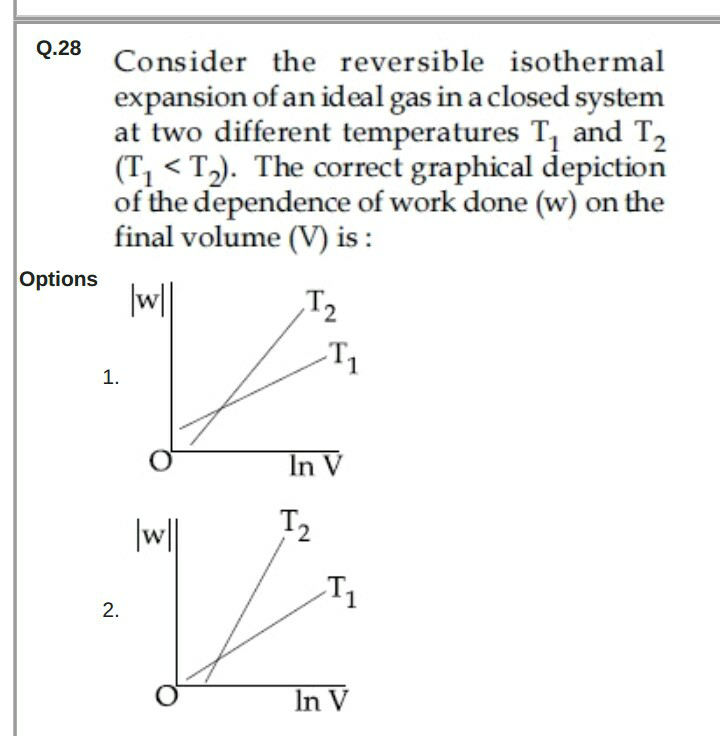
AllQuestion and Answers: Page 1544
Question Number 57028 Answers: 0 Comments: 3

Question Number 56426 Answers: 2 Comments: 0
Question Number 56424 Answers: 1 Comments: 0
Question Number 56423 Answers: 1 Comments: 0
Question Number 56422 Answers: 1 Comments: 0
Question Number 56421 Answers: 1 Comments: 0
Question Number 56420 Answers: 1 Comments: 0
Question Number 56419 Answers: 1 Comments: 0
Question Number 56418 Answers: 1 Comments: 0
Question Number 56417 Answers: 2 Comments: 0
Question Number 56416 Answers: 1 Comments: 1
Question Number 56415 Answers: 1 Comments: 0
Question Number 56414 Answers: 0 Comments: 0
Question Number 56413 Answers: 0 Comments: 1
Question Number 56411 Answers: 1 Comments: 0
Question Number 56404 Answers: 1 Comments: 0

Question Number 56392 Answers: 2 Comments: 2
Question Number 56401 Answers: 2 Comments: 1
$$\int\frac{{x}+\mathrm{sin}\:{x}}{\mathrm{1}+\mathrm{cos}\:{x}}{dx} \\ $$
Question Number 56390 Answers: 1 Comments: 2

Question Number 56386 Answers: 0 Comments: 0

Question Number 56384 Answers: 1 Comments: 2

Question Number 56383 Answers: 2 Comments: 4

Question Number 56378 Answers: 0 Comments: 2

Question Number 56368 Answers: 1 Comments: 2
Question Number 56358 Answers: 0 Comments: 3
Question Number 56356 Answers: 3 Comments: 1
Pg 1539 Pg 1540 Pg 1541 Pg 1542 Pg 1543 Pg 1544 Pg 1545 Pg 1546 Pg 1547 Pg 1548
